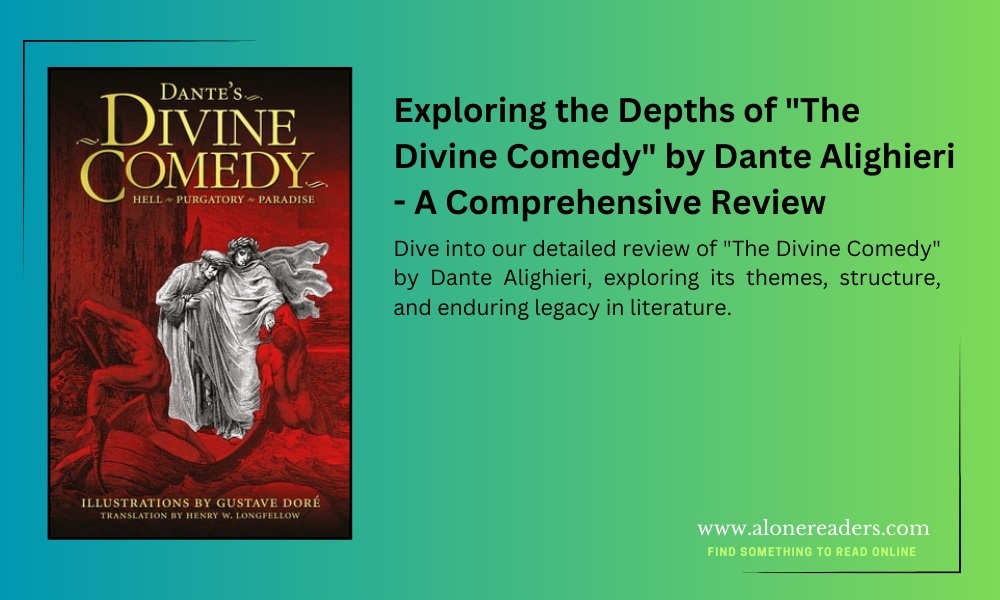
"The Divine Comedy" by Dante Alighieri remains one of the most profoundly significant pieces in the panorama of world literature, resonating with readers centuries after its creation. This epic poem, composed in the early 14th century, is not merely a literary artifact; it serves as a mirror reflecting the complex interplay of theology, morality, philosophy, and politics that shaped medieval Europe.
Dante's work is ingeniously structured into three distinct parts—Inferno, Purgatorio, and Paradiso—which chronicle the poet's allegorical journey through Hell, Purgatory, and Heaven. This journey is not only a quest for salvation but also a profound exploration of human nature and divine justice, making it a timeless piece that speaks to the universal conditions of man.
The first part, Inferno, depicts a visceral realm of those condemned to suffer eternal damnation due to their earthly sins. Dante, guided by the ancient Roman poet Virgil, traverses the circles of Hell, each reserved for different types of sinners. From the lustful winds that eternally buffet the unchaste to the icy depths where traitors are frozen in lake Cocytus, Dante’s vivid and often gruesome imagery serves as a powerful moral commentary. His depictions of Hell are as fascinating as they are horrifying, imbued with a dramatic intensity that captures the imagination.
Moving upwards to Purgatorio, the tone shifts from the despair of Inferno to a more hopeful atmosphere where souls endure purification. Here, Dante illustrates the concept of penance and redemption through a mountainous island where souls cleanse themselves, preparing for their ascent to Heaven. This part of the poem is crucial as it represents the transition from sin to repentance, emphasizing themes of forgiveness and the possibility of human redemption.
The final segment, Paradiso, presents a stark contrast to the infernal regions. In this celestial realm, Dante encounters various saints and theologians, engaging in complex theological discussions that probe the mysteries of faith, the nature of God, and the soul’s journey towards divine love. The vivid descriptions of the heavenly spheres and the harmony of the cosmos culminate in Dante’s profound vision of God—a mystical and transcendent experience that signifies the ultimate goal of human striving and spiritual enlightenment.
Throughout "The Divine Comedy," Dante’s masterful command of language and poetic structure is evident. His use of terza rima, a rhyming verse form that uses sets of three lines, provides a fluid and dynamic rhythm that enhances the narrative’s evocative power. Moreover, the poem is deeply personal; it references real historical figures and contemporary events, grounding the celestial journey in the tangible realities of Dante's world.
Dante’s ability to blend personal experience with universal themes is perhaps why "The Divine Comedy" has endured as a cornerstone of literary studies. It challenges readers to reflect on their own moral compass and the broader philosophical questions of their existence. Furthermore, its influence on art, literature, and culture is immeasurable, having inspired countless works across various mediums.
In conclusion, "The Divine Comedy" by Dante Alighieri is more than just a poetic narrative about the afterlife. It is a profound commentary on the human condition, offering insights that remain relevant in today’s world. Its exploration of sin, redemption, and divine love invites readers to consider the deeper questions of life and beyond. With its rich symbolism, intricate allegorical structure, and philosophical depth, this epic poem is not only a testament to Dante’s genius but also a monumental contribution to the heritage of global literature.